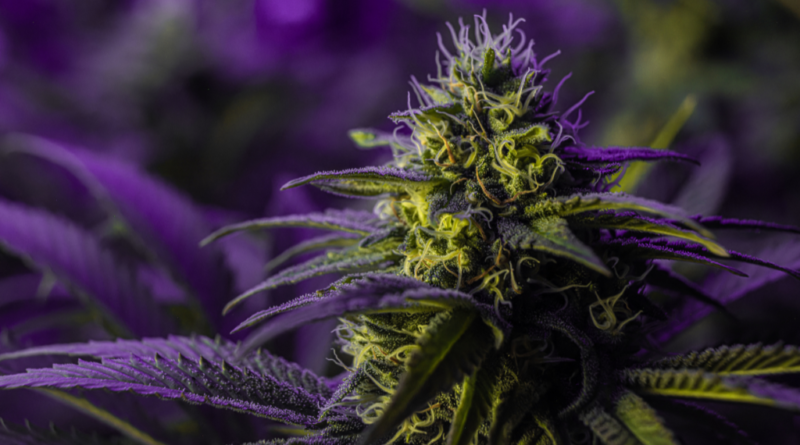Cannabis Topicals: Targeted Relief
The use of cannabis has evolved significantly over the years, with topicals emerging as a popular choice for those seeking localized relief. These products, which include creams, balms, and lotions, are infused with cannabinoids like THC and CBD. They offer a unique way to experience the benefits of cannabis without the psychoactive effects typically associated with other forms of consumption.
Understanding Cannabis Topicals
Cannabis topicals are applied directly to the skin, allowing cannabinoids to interact with the body’s endocannabinoid system. This system plays a role in regulating various physiological processes, including pain and inflammation. By targeting specific areas, topicals provide relief where it’s needed most.
Types of Cannabis Topicals
- Creams and Lotions: These are often used for moisturizing and soothing the skin, providing relief from conditions like eczema and psoriasis.
- Balms and Salves: Typically thicker in consistency, these are ideal for targeted pain relief, such as sore muscles and joint pain.
- Patches: These deliver cannabinoids over an extended period, offering sustained relief for chronic conditions.
Benefits of Using Cannabis Topicals
One of the primary advantages of cannabis topicals is their ability to provide localized relief without entering the bloodstream. This means users can experience the therapeutic benefits of cannabinoids without the high. This makes topicals an attractive option for those who need relief but want to avoid psychoactive effects.
Pain Management
Many users turn to cannabis topicals for pain management. Studies have shown that cannabinoids can reduce inflammation and alleviate pain, making them effective for conditions like arthritis and muscle soreness. A 2015 study published in the European Journal of Pain found that topical CBD application had the potential to relieve arthritis pain and inflammation in animal models.
Skin Health
Cannabis topicals are also gaining popularity for their potential skin health benefits. Cannabinoids have been found to possess anti-inflammatory and antioxidant properties, which can help with conditions like acne and eczema. A 2019 study in the Journal of Clinical Investigation highlighted the potential of CBD in reducing sebum production, which could be beneficial for acne-prone skin.
Case Studies and Real-World Applications
Several case studies and anecdotal reports highlight the effectiveness of cannabis topicals. For instance, a 2016 case study published in the Journal of Pain and Symptom Management documented a patient with a rare skin condition who experienced significant relief from using a THC-infused topical cream.
In another example, athletes have reported using cannabis topicals to aid in recovery and reduce muscle soreness after intense workouts. This has led to an increase in the availability of sports-specific cannabis topicals designed to support active lifestyles.
Choosing the Right Cannabis Topical
When selecting a cannabis topical, it’s important to consider factors such as the type of product, cannabinoid content, and any additional ingredients. Some topicals may include essential oils or other natural ingredients that can enhance their therapeutic effects.
THC vs. CBD
Understanding the difference between THC and CBD is key when choosing a topical. THC is known for its psychoactive effects, but when used in topicals, it does not produce a high. CBD, on the other hand, is non-psychoactive and is often preferred for its anti-inflammatory properties.
Full-Spectrum vs. Isolate
Full-spectrum topicals contain a range of cannabinoids and terpenes, which can work together to enhance the product’s effectiveness. Isolate products, however, contain only one cannabinoid, such as CBD, and may be suitable for those who prefer a more targeted approach.
Legal and Safety Considerations
The legal status of cannabis topicals varies by region, so it’s important to be aware of local regulations. In areas where cannabis is legal, topicals are widely available in dispensaries and online. It’s advisable to purchase products from reputable sources to ensure quality and safety.
When using cannabis topicals, it’s recommended to perform a patch test to check for any allergic reactions. Start with a small amount and gradually increase as needed. Consulting with a healthcare professional can provide additional guidance, especially for those with pre-existing conditions or who are taking other medications.
Conclusion
Cannabis topicals offer a promising option for those seeking targeted relief from pain and skin conditions. With a variety of products available, users can find a solution that fits their needs without experiencing psychoactive effects. As research continues to uncover the potential benefits of cannabinoids, topicals are likely to become an increasingly popular choice for natural relief.
